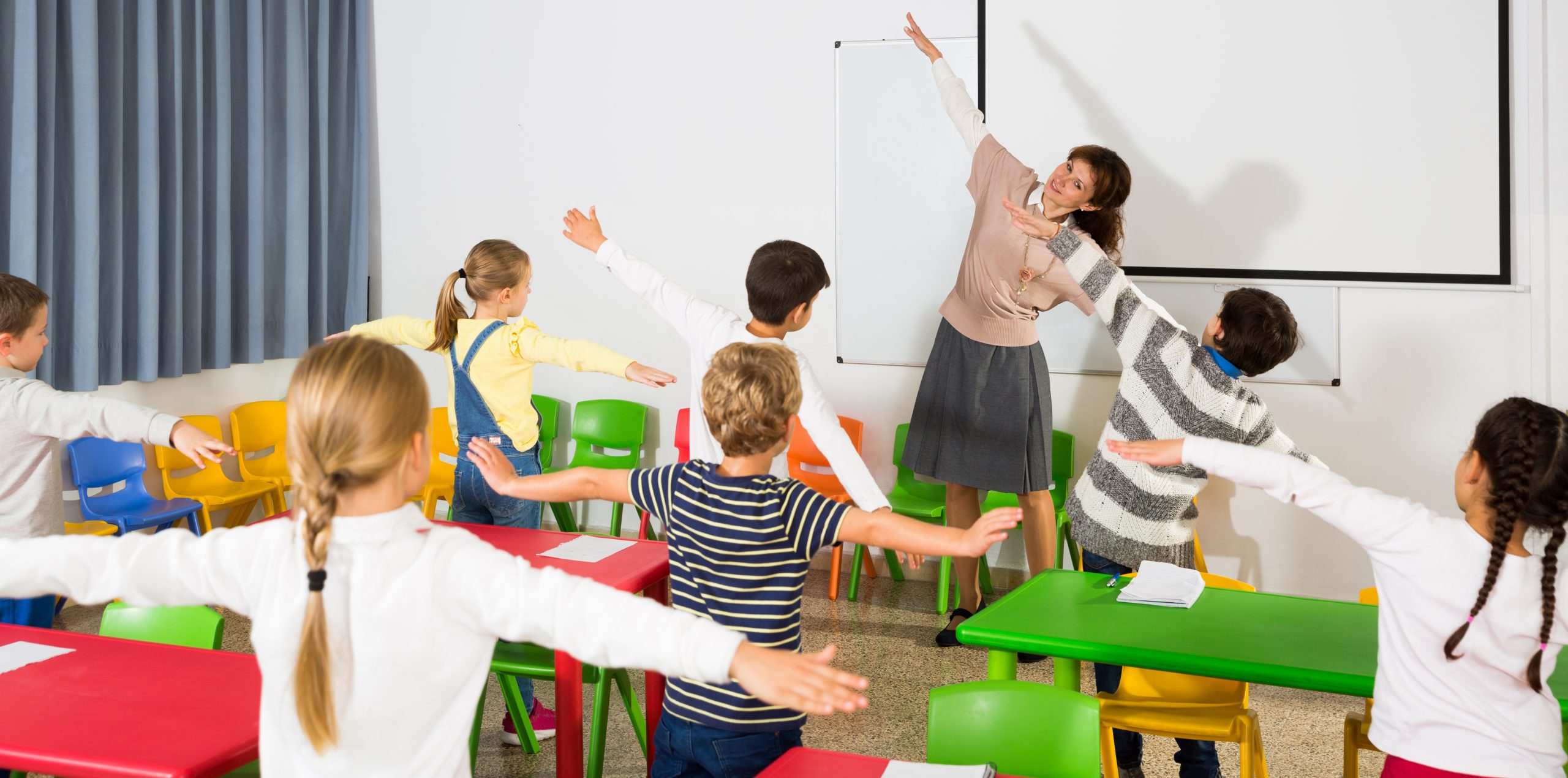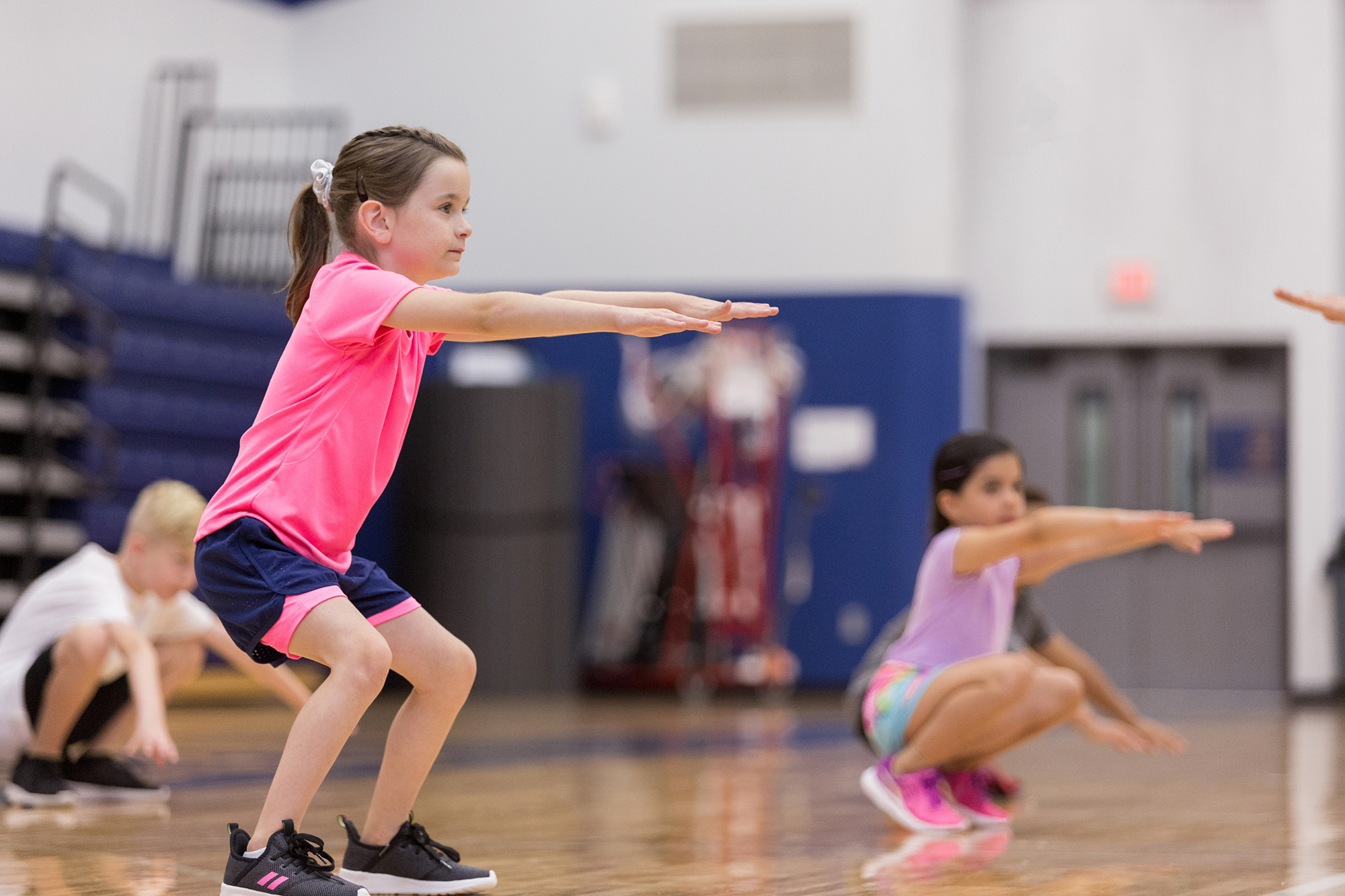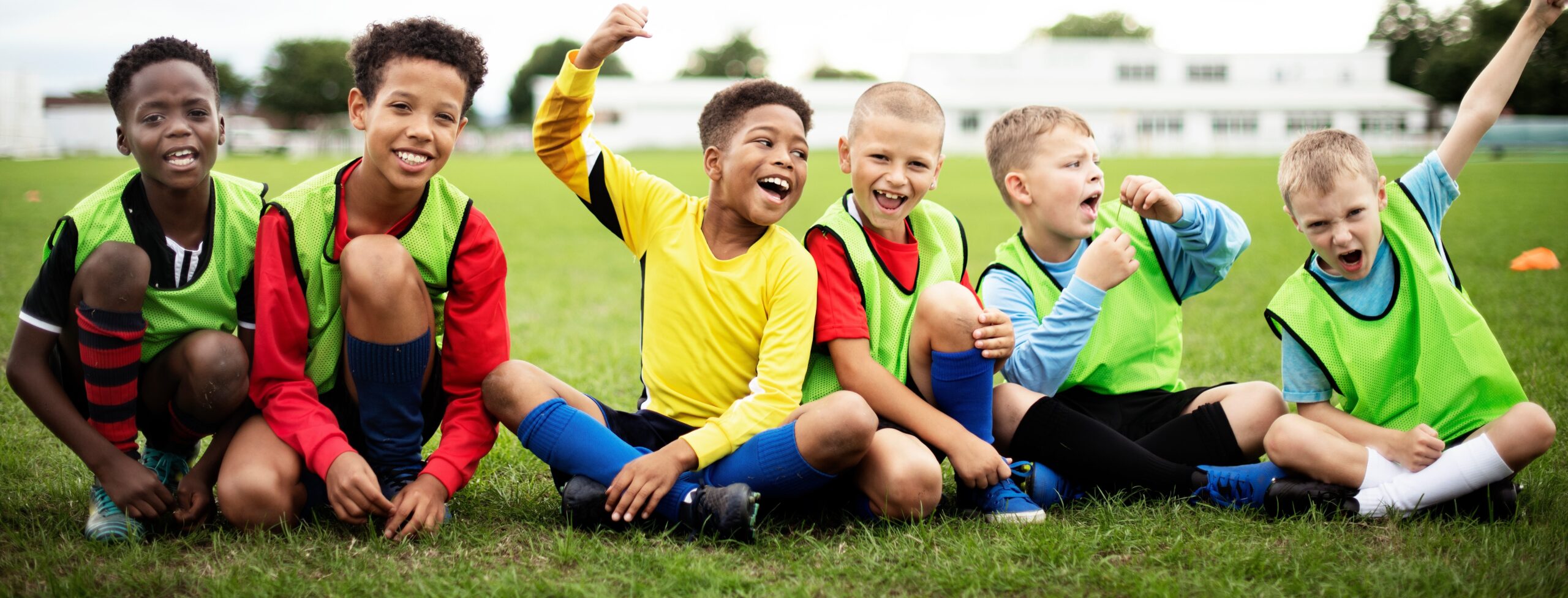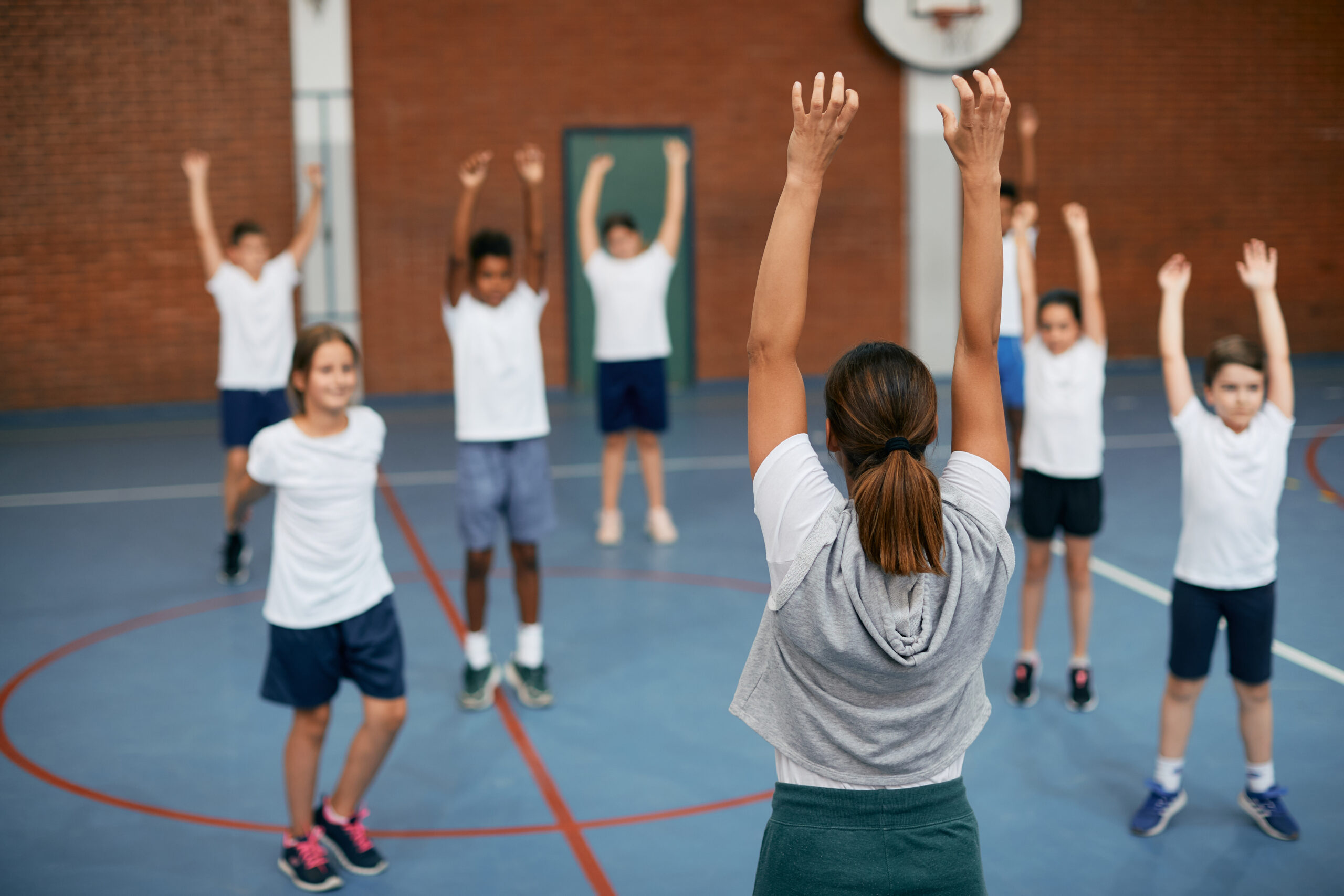The need for Active Classrooms
Modern workplaces encourage adults to frequently move around the workspace to help manage stress, improve concentration, and reduce physical health impairment. So what about students in classrooms?
According to the Centers for Disease Control and Prevention (CDC), in 2017-2020 19.4% of children aged 2 to 19 years were obese. That’s getting on for a quarter of all children in the US – and the figure is rising.
We know that obesity can significantly lower life expectancy. Obesity causes chronic diseases like cardiovascular disease, respiratory disease, type 2 diabetes, cancer, and other mental and physical health issues.
Obesity has been a problem for many years. But since the pandemic inactivity levels have become higher in children – so now is the time act.
Children should be active for 60 minutes every day, and at least 30 minutes of that should be within school time. Unfortunately, only 1 in 5 children hit their whole daily target. Only 1 in 10 students hit their in-school target!
How do you create an active classroom?
Elementary school students in Grade 1 are familiar with active learning as it is the norm during early years. But as students progress through school the approach is usually traditional ‘seated learning’.
Here’s a few recommendations for creating active classrooms:
- Introduce a morning and/or after lunch wake up activity: this can be a quick easy 2 minute activity such as the ‘hey macarena’ dance, your own short aerobics sequence, or learning small sections of a whole Dance Unit together as a class. This will engage students from the start and help them focus on the task ahead.
- Interval activities: instead of just answering names on the register, can the students act out “yes miss” or “here sir” in a YMCA dance fashion? Performing a movement before answering a question is also an easy way to get students up and out of their seat.
- Frequent brain breaks: have been proven to help improve learning ability, help students concentrate, and improve cognitive performance. A quick game of musical chairs, or a knock-out round of rock-paper-scissors can be quick but effective.
- Adapt teaching: in the classroom to incorporate moving around to work in groups, standing up and using whiteboards to share learning, and changing places. Little opportunities like this can add minutes onto the students’ recommended activity levels. Just 10 minutes throughout the day is 33% of the in-school target.
- Classroom games: whether it be for 5 minutes in between subjects, or for phys ed during a rainy day… PE Planning has lots of Classroom PE resources to deliver Physical Education indoors where space and equipment is limited.
- Specialist equipment: such as standing desks, balance chairs, and foot pedal exercisers can be used to furnish classrooms and keep students active at their desks.
- Get outside where possible: take your lesson, or parts of it, outside. Use the outdoor space you have, to switch up the learning environment for you and your students. Elementary school students love to learn outside.
Active learning is the way forward
When it comes to obesity, prevention is better than a cure, and teachers are best placed to make a difference. With benefits to – physical health – mental health – behavior – focus and knowledge retention, Active Learning – and active classrooms – really are the way forward.
The thought of integrating activity and movement into the classroom may be intimidating, but it doesn’t have to be. Make a plan, start off small and notice motivation, engagement, and performance begin to increase.
Here are our Classroom PE Resources to help you get started. If we can help with anything, please get in touch.




